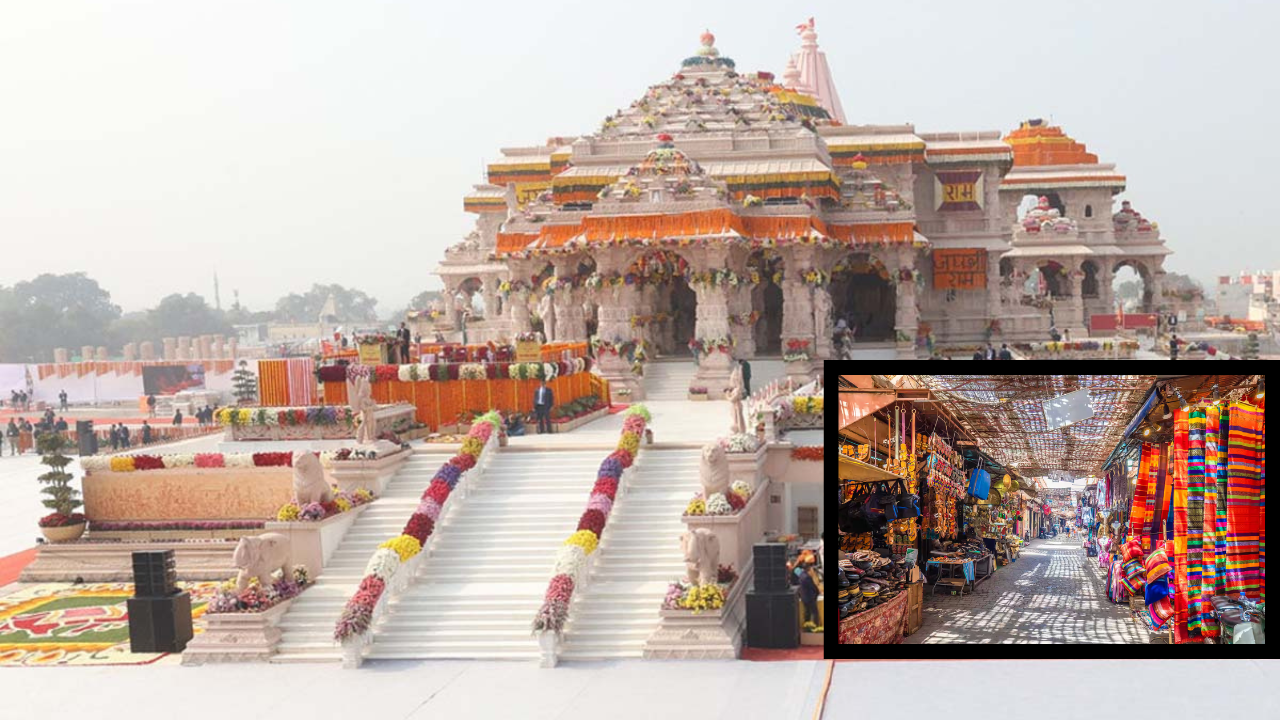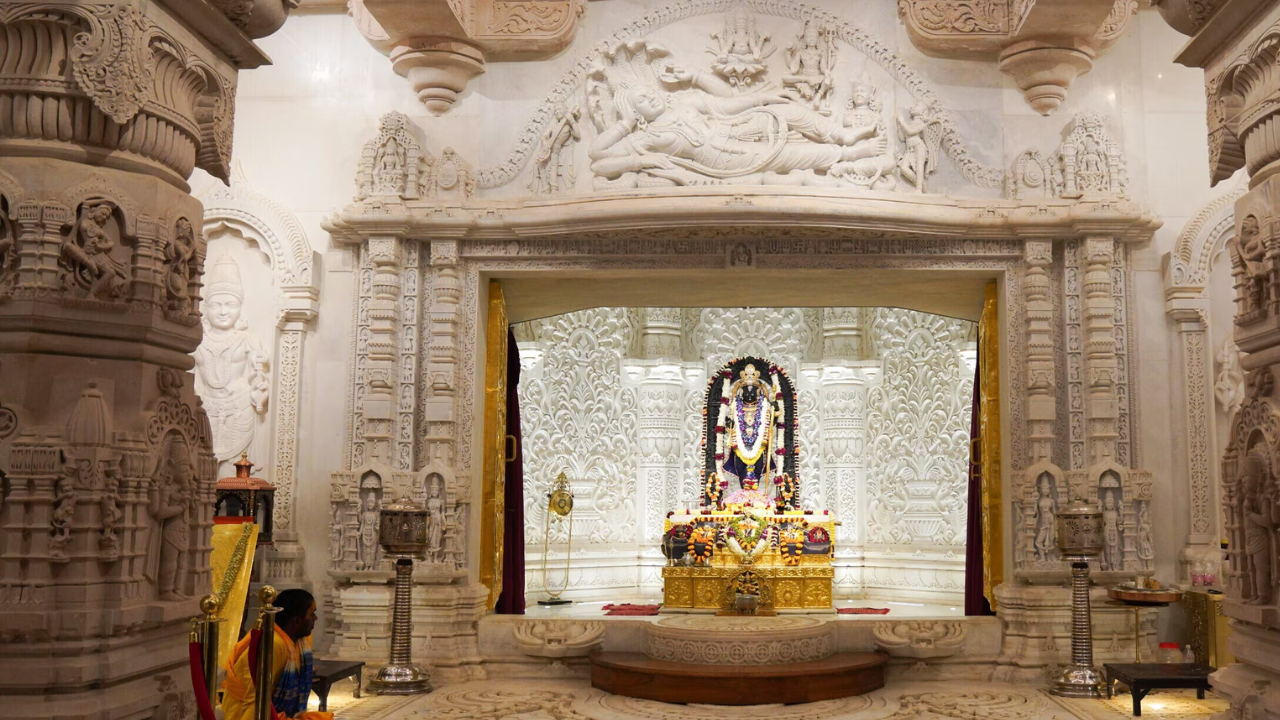 English
English

Could the consecration of the Ram Mandir in Ayodhya be doing more than fulfilling a spiritual vow, is it quietly transforming thousands of everyday residents into entrepreneurs, homestay-owners and souvenir sellers, as incomes soar and the landscape changes?

Ram Mandir has boosted local business such as hotels, vendors and souvenir shops.
Ayodhya: The new temple at the site of what is known as the Ram Janmabhoomi in Ayodhya was inaugurated in January 2024 after years of planning, construction and political attention. Located in the city of Ayodhya in Uttar Pradesh, the temple is intended as a grand shrine to the Hindu deity Lord Ram. Over the past decade the area has undergone major infrastructure upgrades including a new airport, improved roads and an expanded hotel- and guest-house sector, firmly positioning Ayodhya as a pilgrimage and tourist hub.
The surge in pilgrimage and tourism has translated into real income gains for many residents of Ayodhya. For example, one homestay owner used to rent a room for about Rs 3,000 per MONTH; after the temple opening he is charging Rs 3,000 per DAY. A shop-owner reported that his daily income, previously around Rs 400 to 500, has risen by nearly Rs 2,500.
In the hospitality sector, luxury hotel room tariffs have climbed to Rs 7,000 to 20,000 and over 150 new hotels and homestays have emerged near the temple. The ripple effect extends to flower sellers, souvenir makers, street-food vendors and taxi drivers. The city’s market for decorative items, religious idols and souvenirs has exploded.
Ayodhya’s Shri Ram Temple Construction Completed; Grand Flag Hoisting Ceremony on November 25
Beyond individual income lifts, the temple’s opening has triggered a broader growth pattern. Real-estate near the temple has ballooned in price: areas previously priced at a few hundred rupees per sq ft are now commanding thousands. Infrastructure push has created jobs in construction, hospitality, transport and services. Moreover, the local government and authorities are benefiting from higher tax revenues and greater usage of facilities.

The temple’s establishment has sparked new growth in infrastructure and tourism development.
While the gains have been impressive, local income and tourism numbers were modest prior to the temple’s opening. For instance, average per-capita income in the Ayodhya district was still below the Uttar Pradesh average in earlier years. Some observers caution that sustaining the boom will require infrastructure keep-up, visitor-experience upgrades and diversification beyond just a single attraction.
For many residents of Ayodhya, the once quiet pilgrimage town is now a place of opportunity: home-owners converting spare rooms into short-stay rentals, artisans producing souvenirs, café and food-stall owners serving a steady stream of visitors. The economic delight is clearer in numbers: several times the previous income in many cases.
As the Ram Mandir effect continues, the key will be whether the local economy can convert this momentum into long-term, inclusive growth that benefits all segments of society, not just the directly tourism-linked.
No related posts found.